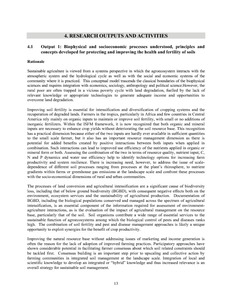Baseline review and ecosystem services assessment of the Tana River Basin, Kenya
The ‘WISE-UP to climate’ project aims to demonstrate the value of natural infrastructure as a ‘nature-based solution’ for climate change adaptation and sustainable development. Within the Tana River Basin, both natural and built infrastructure provide livelihood benefits for people. Understanding the interrelationships between the two types of infrastructure is a prerequisite for sustainable water resources development and management. This is particularly true as pressures on water resources intensify and the impacts of climate change increase.



